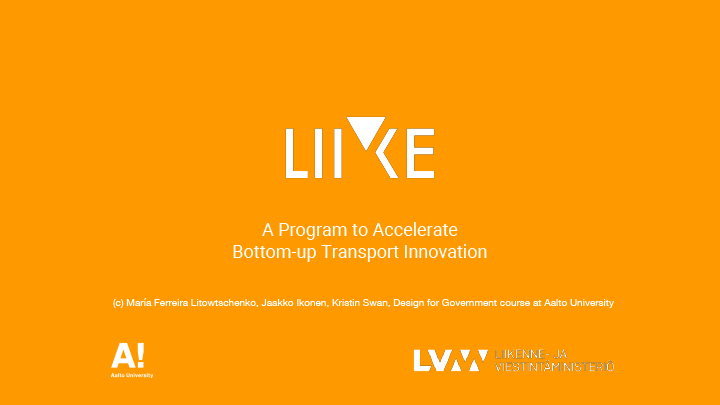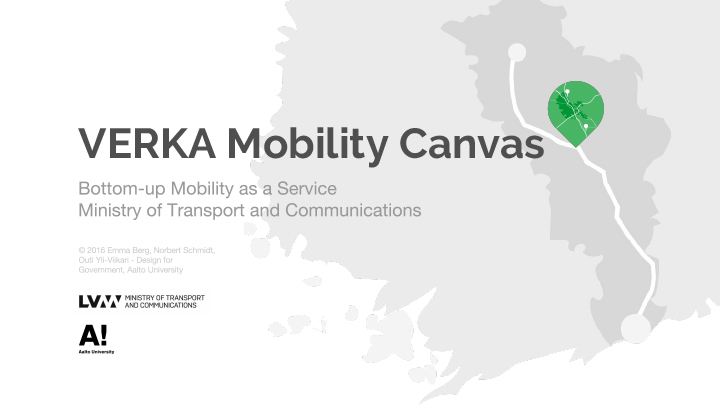Project description
In Finland today, the public transportation system is ‘one size fits all’. There continues a need to provide a basic ‘guarantee’ of public transport, but the system is under-serving some users and over-serving others and, overall, consuming more public resources than necessary. This project in DfG will focus on citizen needs and on invisible and informal mobility services organized by citizens, analyzed in the context of the varied (and emerging) transport ecosystem. The project will take the specific site of Hämeenlinna region, a Living Lab already engaged in relevant research and experimental initiatives. While much focus in transport service innovation is on big cities, this is a town size typical of many similar municipalities across Finland and Europe.
Starting questions for this project include: How could public and market driven transport options better meet the diverse needs of more people, and how could different (including peer-to-peer) services meet some needs better? Could a more comprehensive and varied mix of services allow people to leave their cars at home? Or not even buy one. How can we help those seniors that have to give up their drivers’ license? How could the voices of more travellers be heard, and how could invisible or informal (bottom-up) service provisions open new space for service possibilities? Can my neighbor be my transport provider?
Read more about the process in the blogs!
This project was showcased during the 2016 Final Show.
Student proposals
‘Liike’ – Bottom-up mobility as a service
Project by María Ferreira Litowtschenko, Jaakko Ikonen, and Kristin Swan

Presentation slides (PDF)
Video of presentation
Verka Mobility Canvas
Project by Emma Berg, Norbert Schmidt, and Outi Yli-Viikari

Presentation slides (PDF)
Video of presentation
